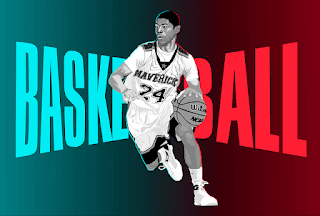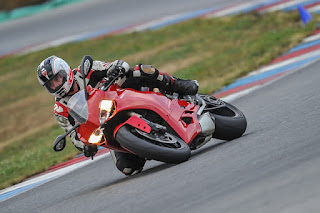“We had the opportunity to refuel under the virtual safety car on lap 11,” explains Rueda. “Our pre-race numbers indicated that it would be a one-stop race with soft and medium tyres.”
« The two-stop race took ten seconds longer. A virtual safety car pit stop is nine seconds faster than a normal pit stop. »
« We had a window of opportunity where we said we could go to a two-stop race with a shorter pit stop under a virtual safety car, or we could stay on a traditional stop.
»
« After the VSC, we knew on paper that Charles would finish four or five seconds behind Verstappen, but we persevered, we kept trying to execute the two saves, and we were hoping for a VSC or safety car period near the end of the race that we could take advantage of.
»
A safety car procedure that is too slow
Indeed, the safety car arrived late in the race and could have aided Ferrari, but the race was halted due to a slow procedure. Rueda regrets that the exit from the Safety Car was not better managed so that the race could be restarted.
« A safety car usually lasts three to four laps, so we expected two to three laps of racing after the safety car period. The safety car emerged from the pits and recovered [George] Russell, who was driving the third car. »
« The normal procedure is that this car is left by a green light on top of the safety car and this car goes around the track following a reference lap of the safety car, a reference lap that the FIA gives so that we drive slowly and safely so as not to endanger the teams that recover the car that has a problem.
»
« The safety car slowed Russell for five minutes and, more importantly, three laps behind them. It took up too many of the race’s remaining laps, and by the time the safety car let the peloton through to reorganize, we didn’t have enough laps to finish. »






